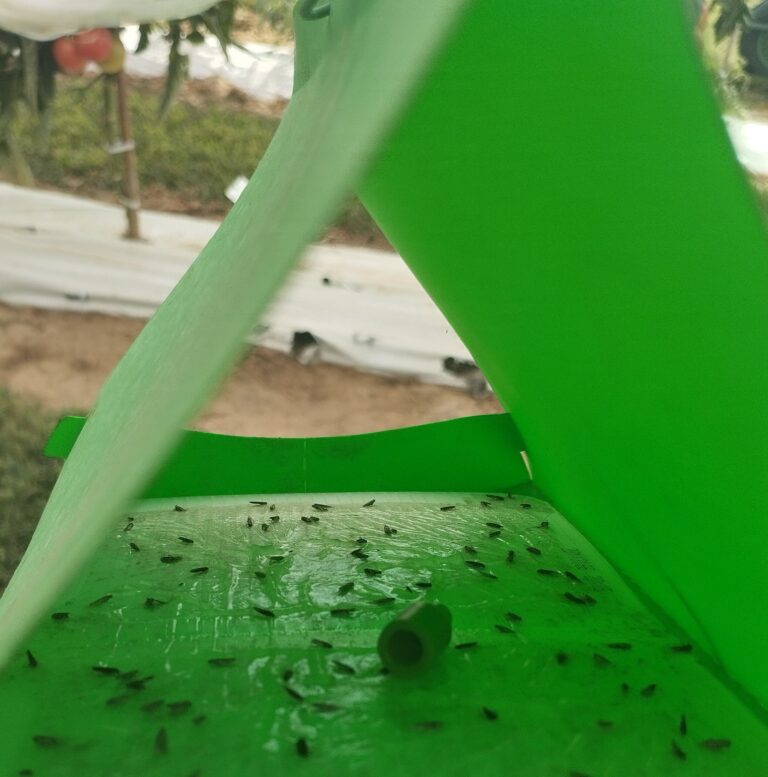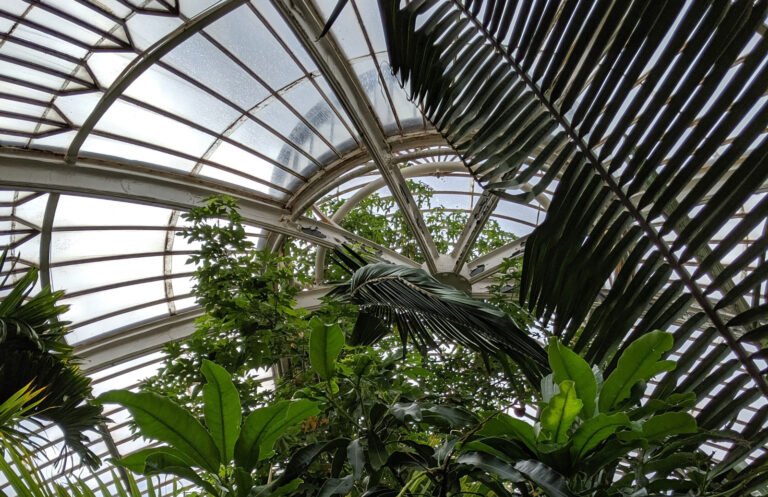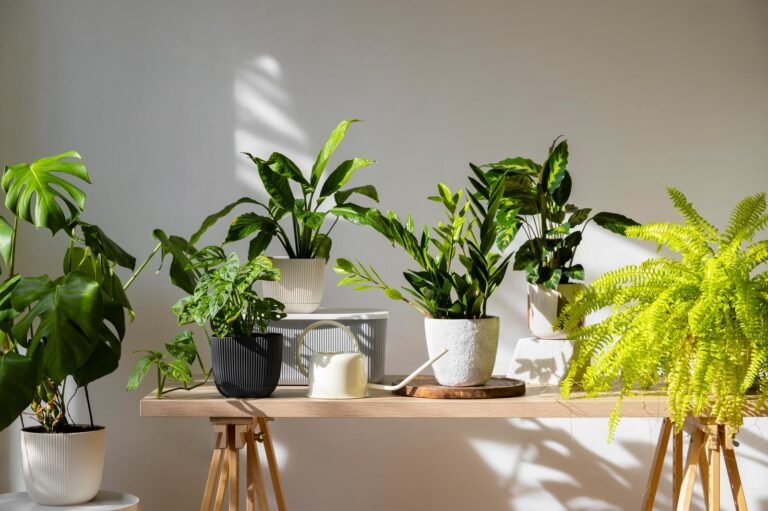If you have a small garden to enhance, here are some suggestions to transform it into the outdoor space of your dreams, a refuge where you can get in touch with nature.
1. Exhibition and views
2. Zoning
3. Privacy
4. Focal points
5. The right plant in the right place
6. Furnishings and materials
7. Irrigation
8. Lighting
Exhibition and views
Let’s start from the planning which is of primary importance for have a well-designed idea right from the start thus avoiding mistakes with unnecessary economic waste. Let’s go therefore from the light exposure that will allow us to correctly choose the most suitable plant species to different exposure, from partial shade to sunny exposure and so on. Let’s going on by measuring our area, identifying perspective and visual glimpses, even from inside the house, to enhance some points that will become focal and create continuity from inside to outside.
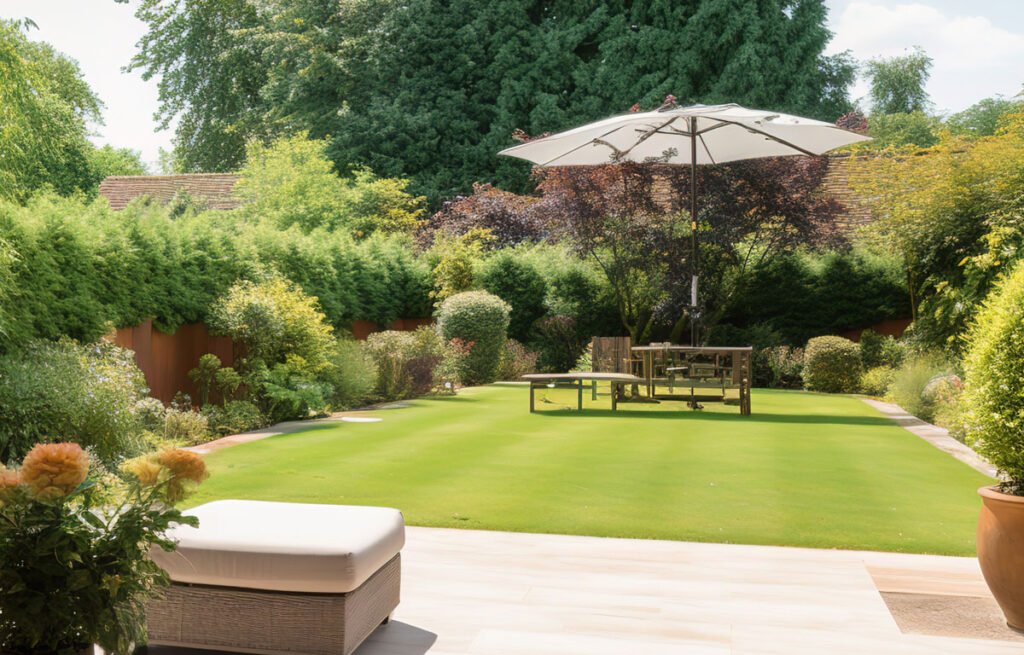
Zoning
Even if the space available is medium-small, this should not represent an obstacle, on the contrary it will allow us to create an intimate, welcoming and elegant place more easily. It is essential to define the specific use areas into which to divide our garden, in relation to your personal needs and aspirations: a small outdoor lounge or bistro, a barbecue area, a lawn area and why not, if possible, a gym equipment area, a DIY area, an outdoor office with a pergola or a play area.
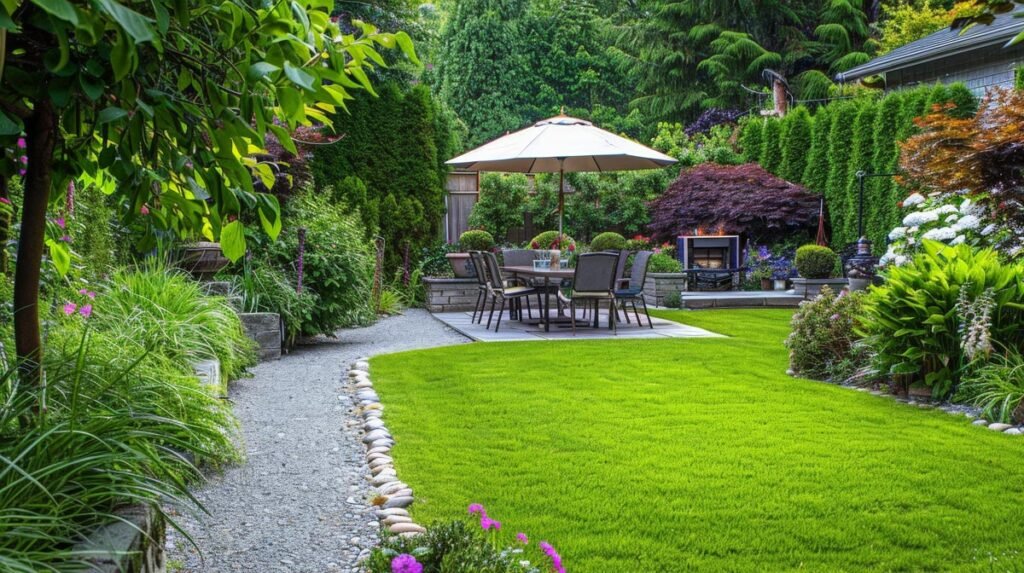
Privacy
When we are in our private garden we want to linger, relax in total tranquility without being disturbed. It could therefore be useful the placement of arches, panels, trellises or small fences, perhaps to be adorned with climbing species with scented and colorful inflorescences. If possible, we could exploit the vertical space with small green walls. Let’s also look around to see if there are trees or glimpse that we can highlight in perspective rather than hide from view.

Focal points
Once we have identified the corners that we want to enhance, let’s highlight them visually with both vegetal elements such as a single shrub with a specific vegetative habit or with foliage or stems with particular textures or chromatic tones, and architectural elements such as sculptures, small fountains or even furnishings such as a bench, this will allow to realize perspective views by expanding the perception of the available space,perceptually expanding the available geometric space.
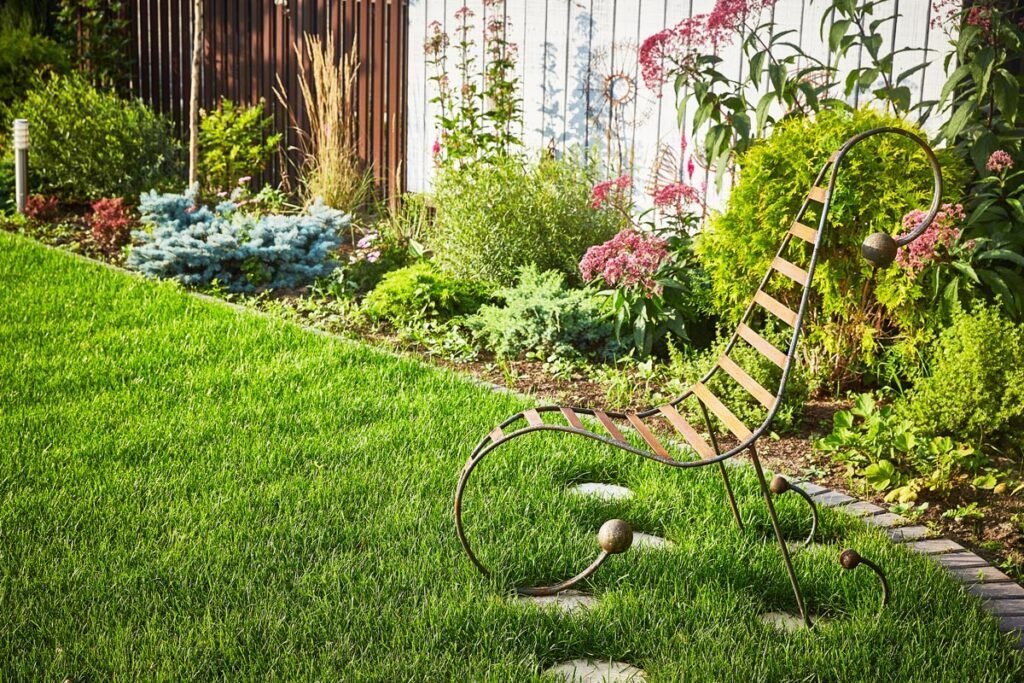
The right plant in the right place
We choose, taking advice from an expert, which plant species to include, paying attention to the local climate, the exposure, the available surface trying to obtain a homogeneous and proportionate whole, both formally and chromatically; we can opt to use pots and planters in groups with different heights visually reinforced by combinations of different plants to create movement and generate depth, also using seasonal ones to replace to give a different color accent each time. We look for plants that can alternate over the seasons between species that bloom in spring-summer or autumn and among those that during the colder season show colorful foliage or produce berries that are attractive to small birds in order to keep our garden alive throughout the year. We can also combine functionality and beauty by opting for aromatic and vegetable garden species!
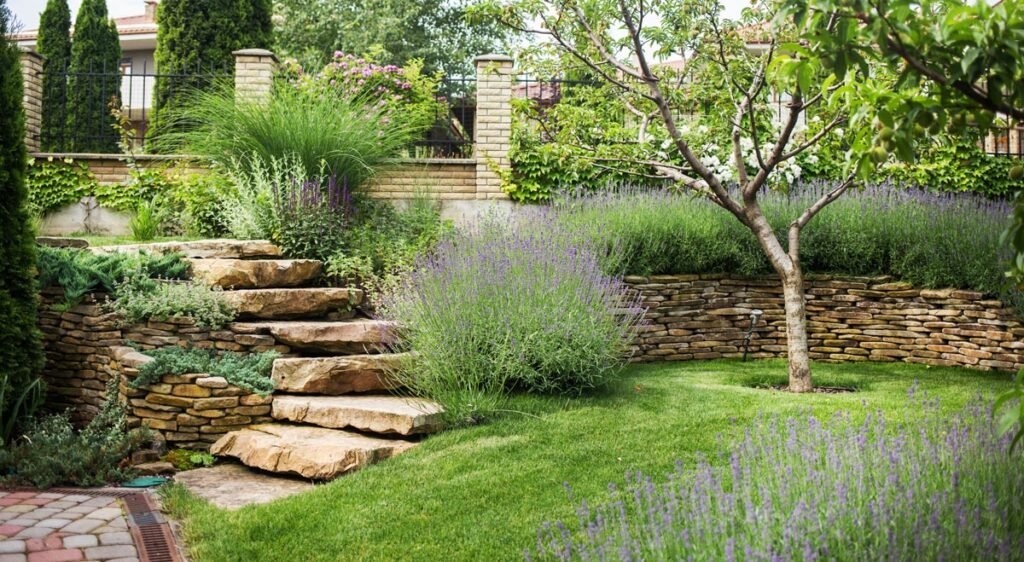
Furnishings and materials
There is a wide range of furniture for outdoor spaces: Let’s choose them according to our personal tastes paying attention to the proportion between shapes and colors as well as to the materials which must be specific for outdoor use, not forgetting any maintenance that some of them require over the years. If we prefer, we can opt for foldable furniture to reduce the space occupied. If we decide to create paved areas, we opt for natural non-slip materials that combine beauty and performance.
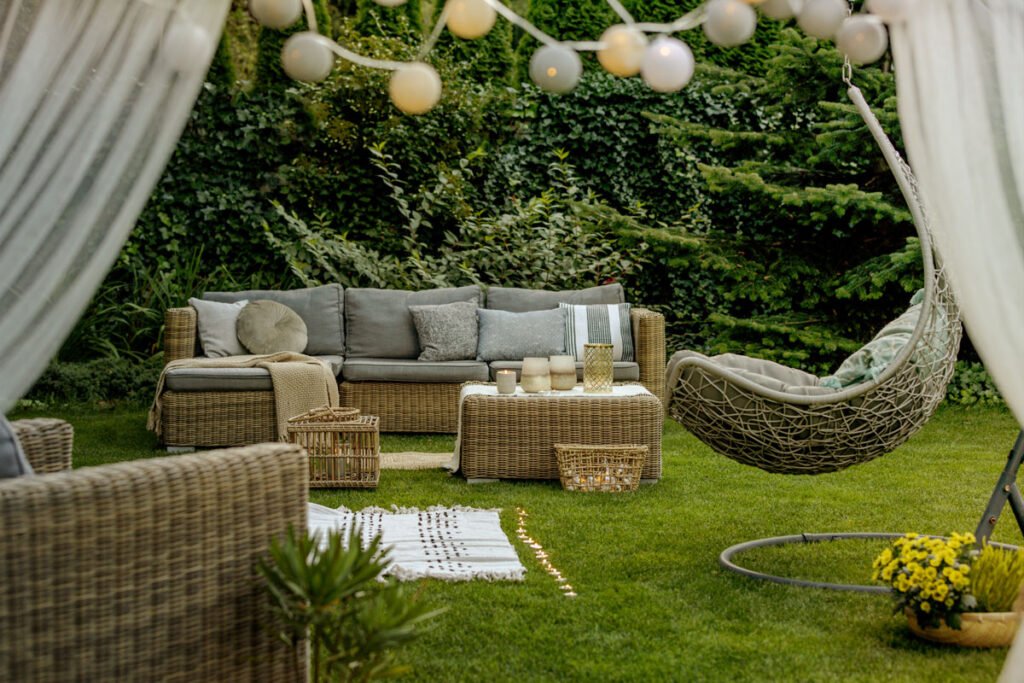
Irrigation
For the warmer seasons it might be important to install an automatic irrigation system with programmable control unit to ensure an adequate water supply to plants and lawns even when we decide to go on holiday.
Lighting
Let’s improve the atmosphere with specific lighting systems for outdoors, enhancing some plant or architectural elements as well as to highligh paths and decorate pergolas during our dinners.

With these suggestions we try to create in our small green space a connection, a depth according to the principles of simplicity and seasonality; if well designed, the results will be clearly visible!

